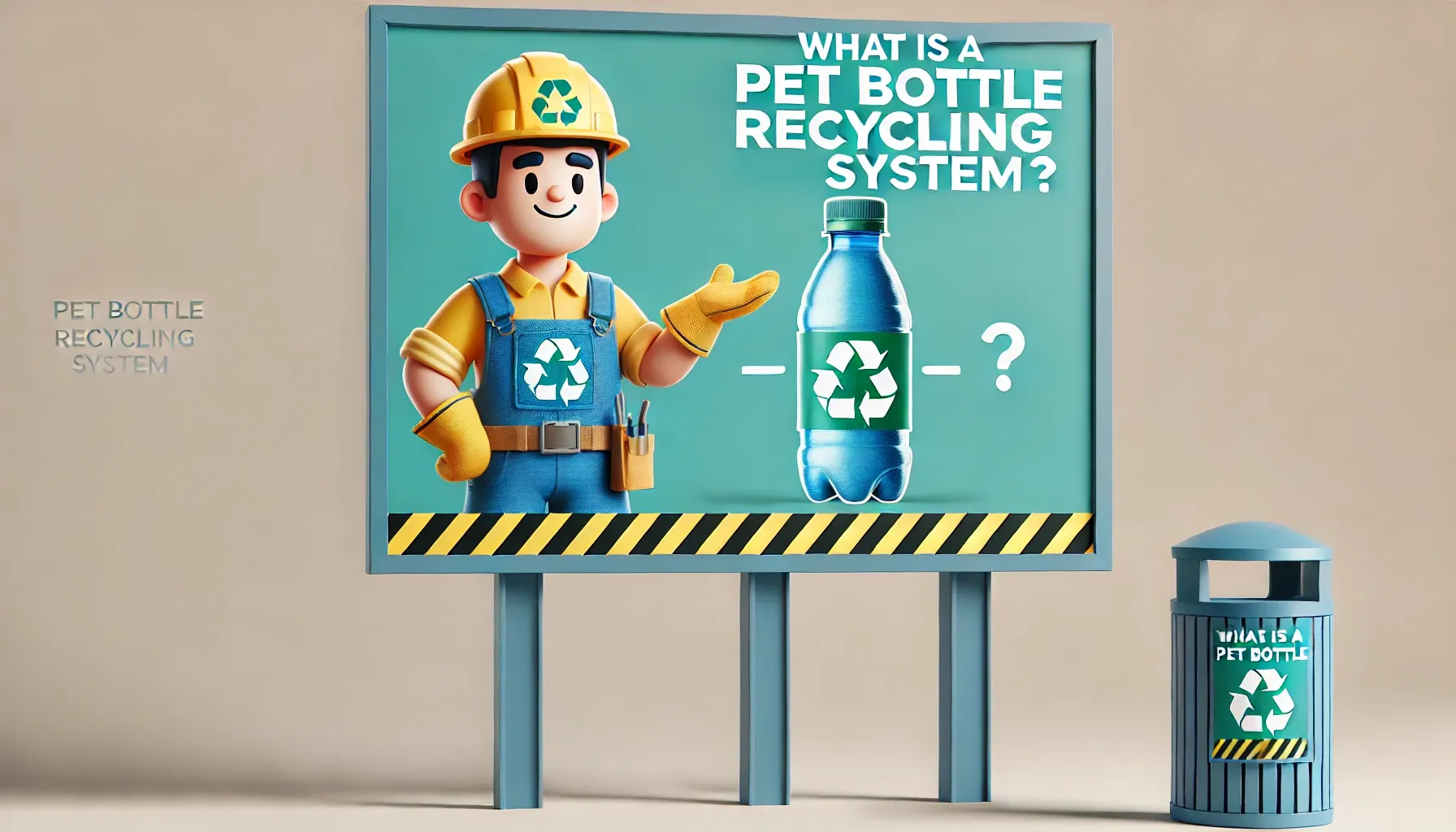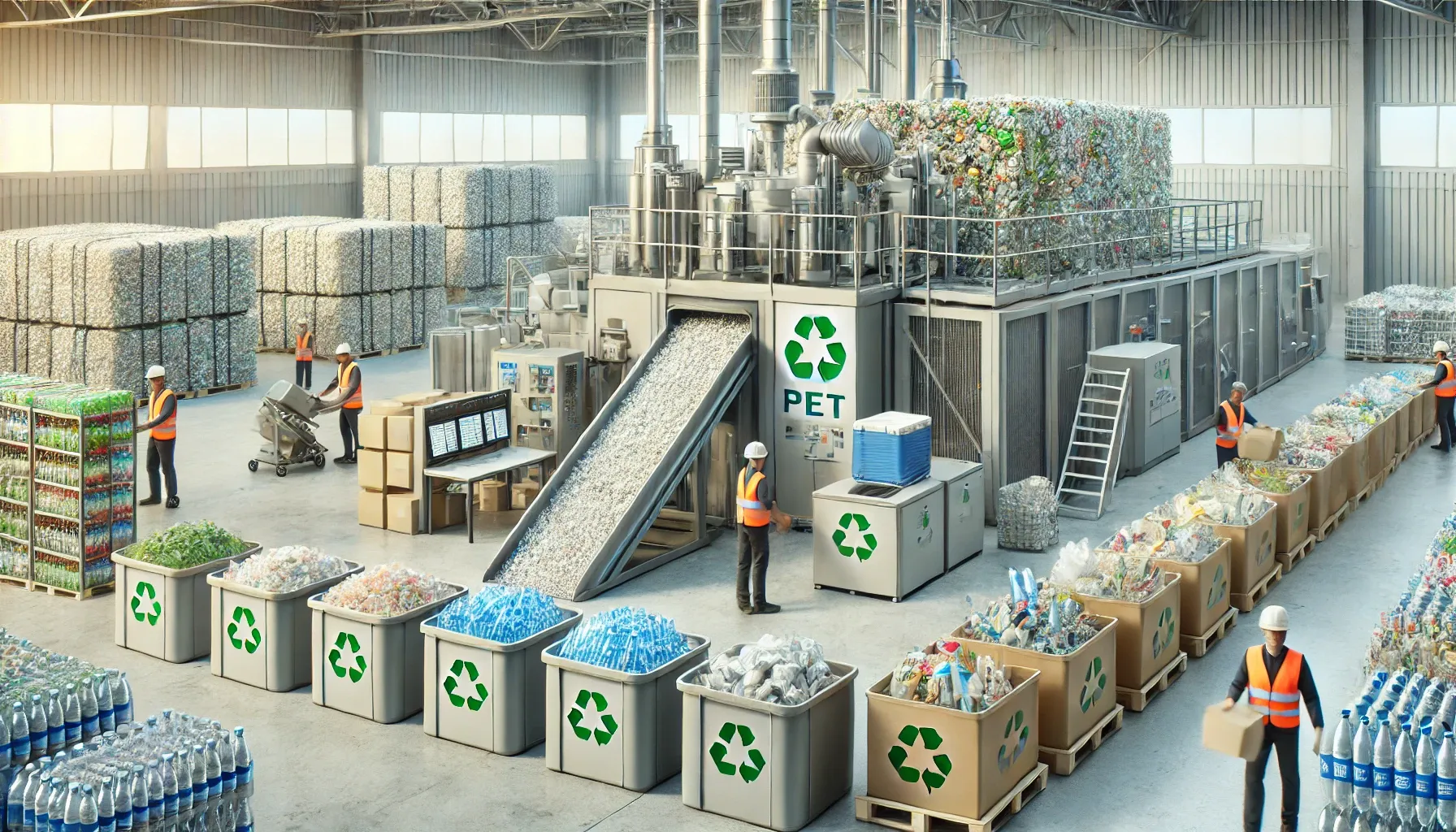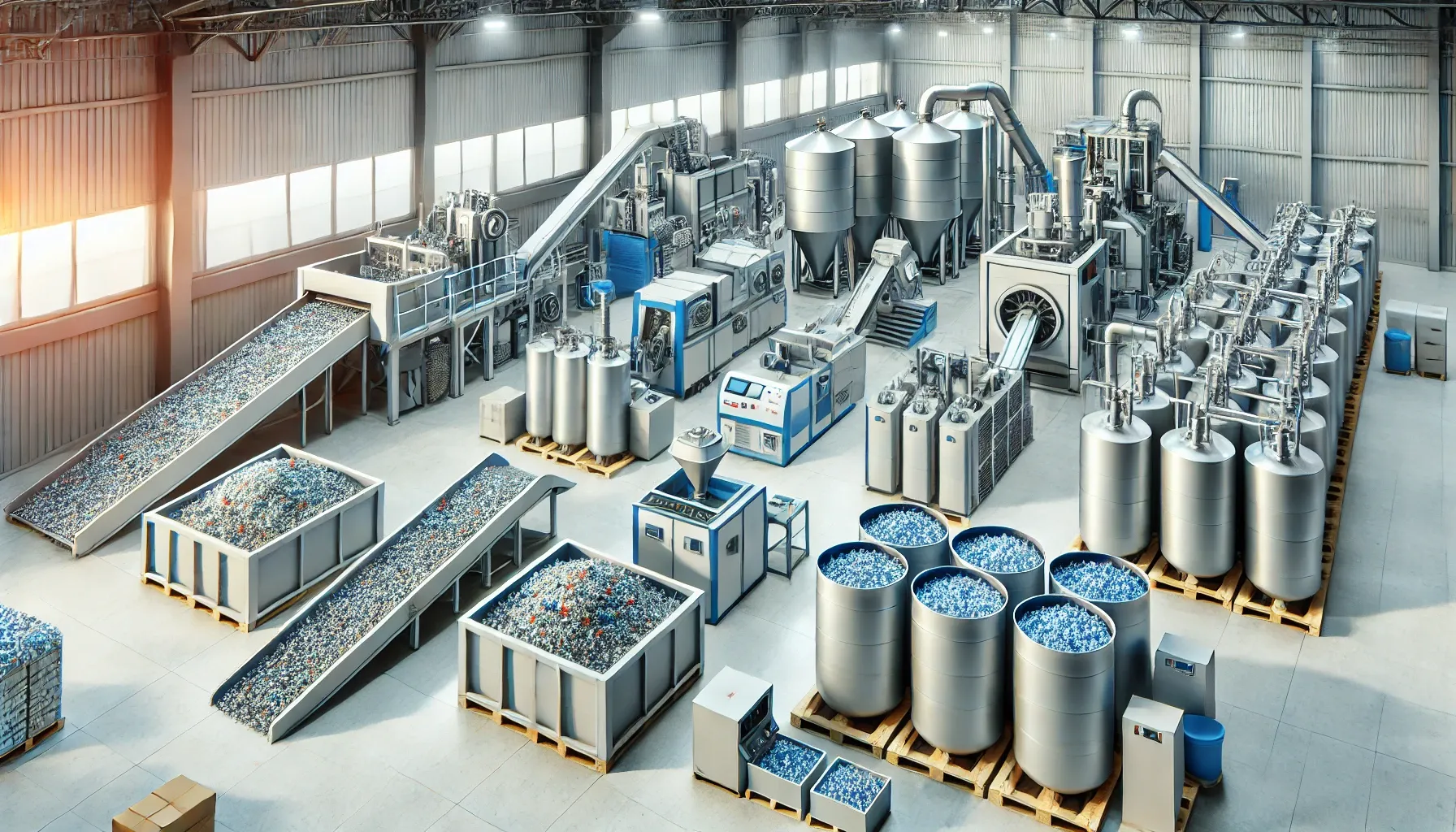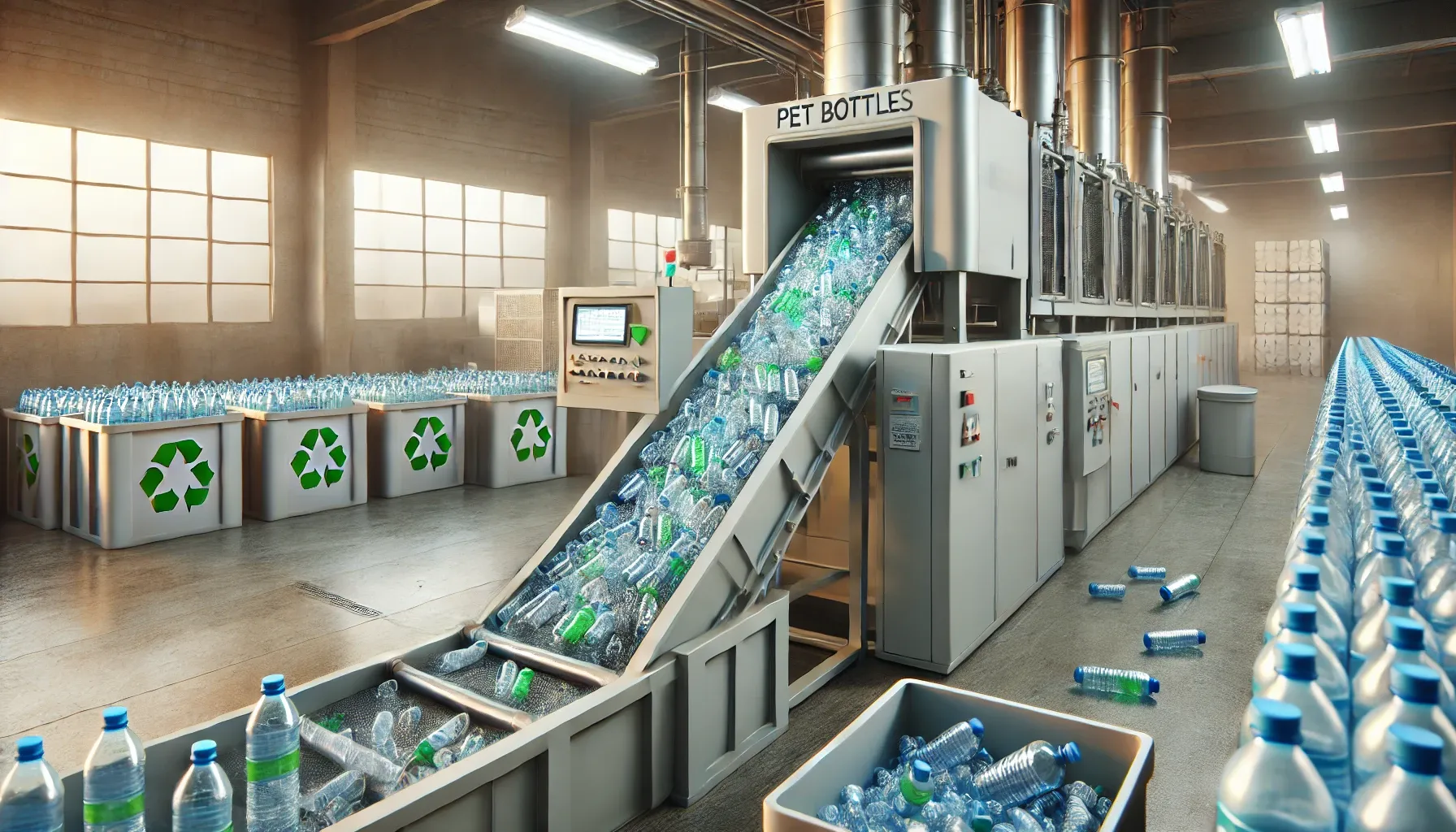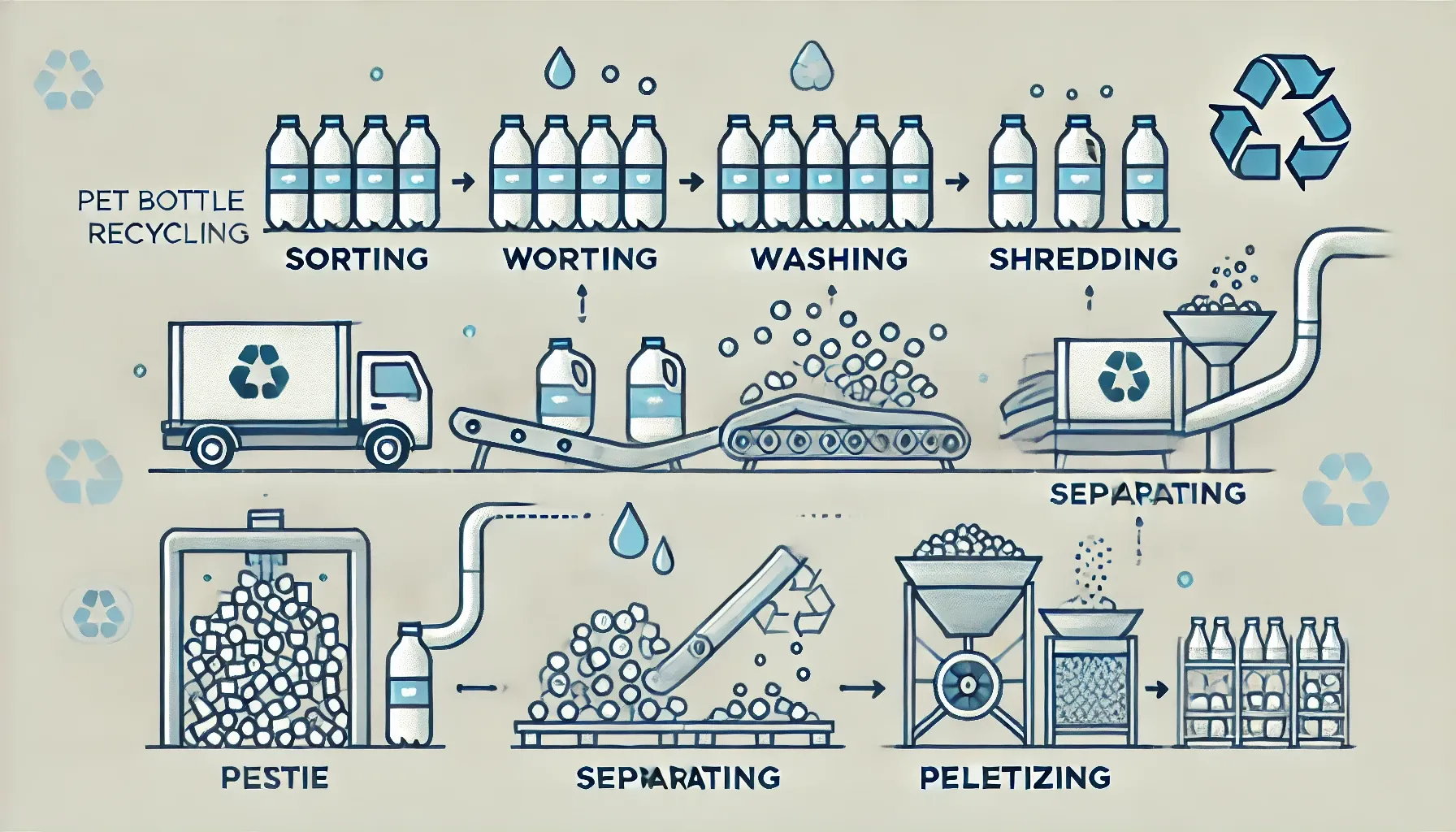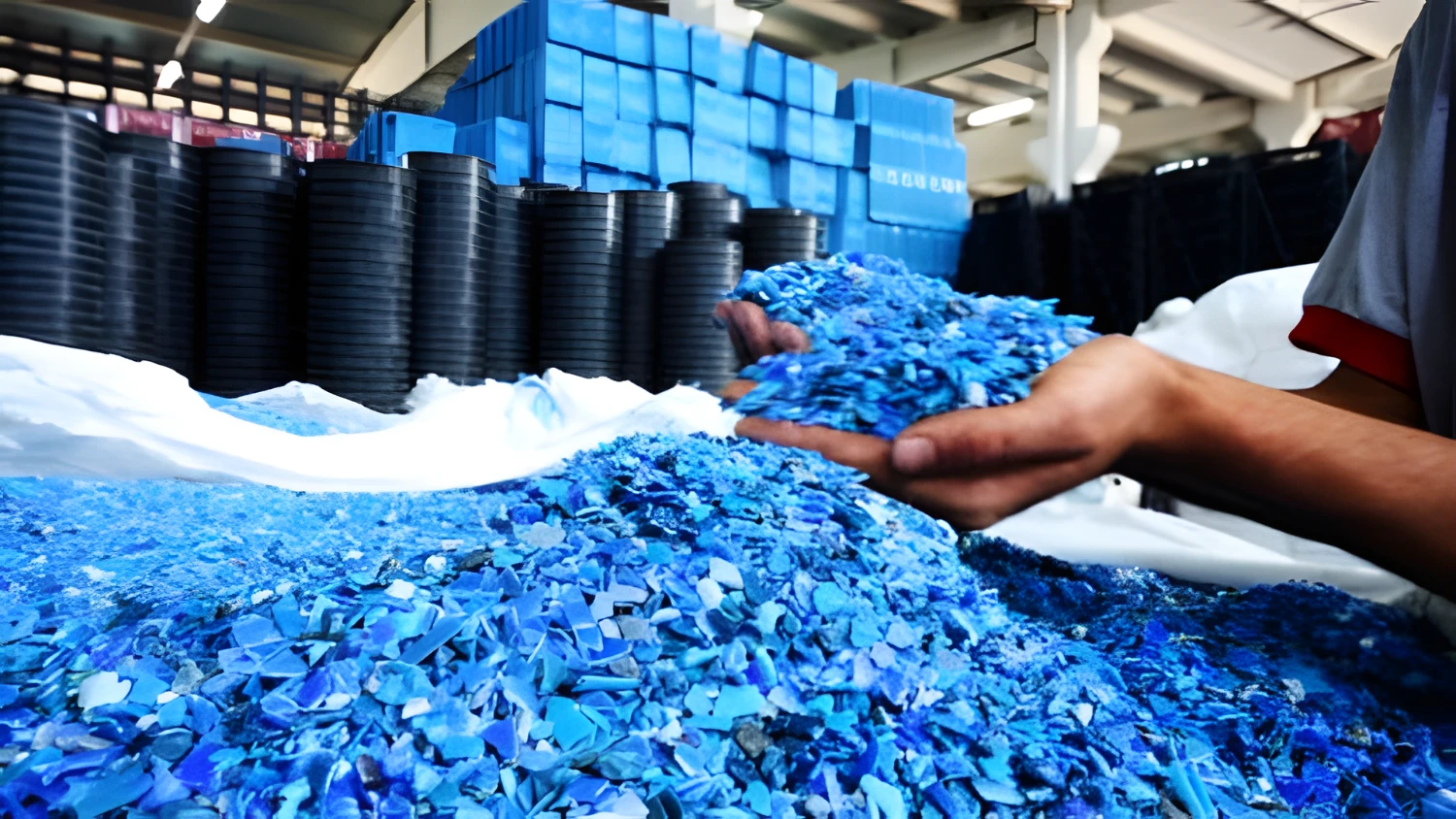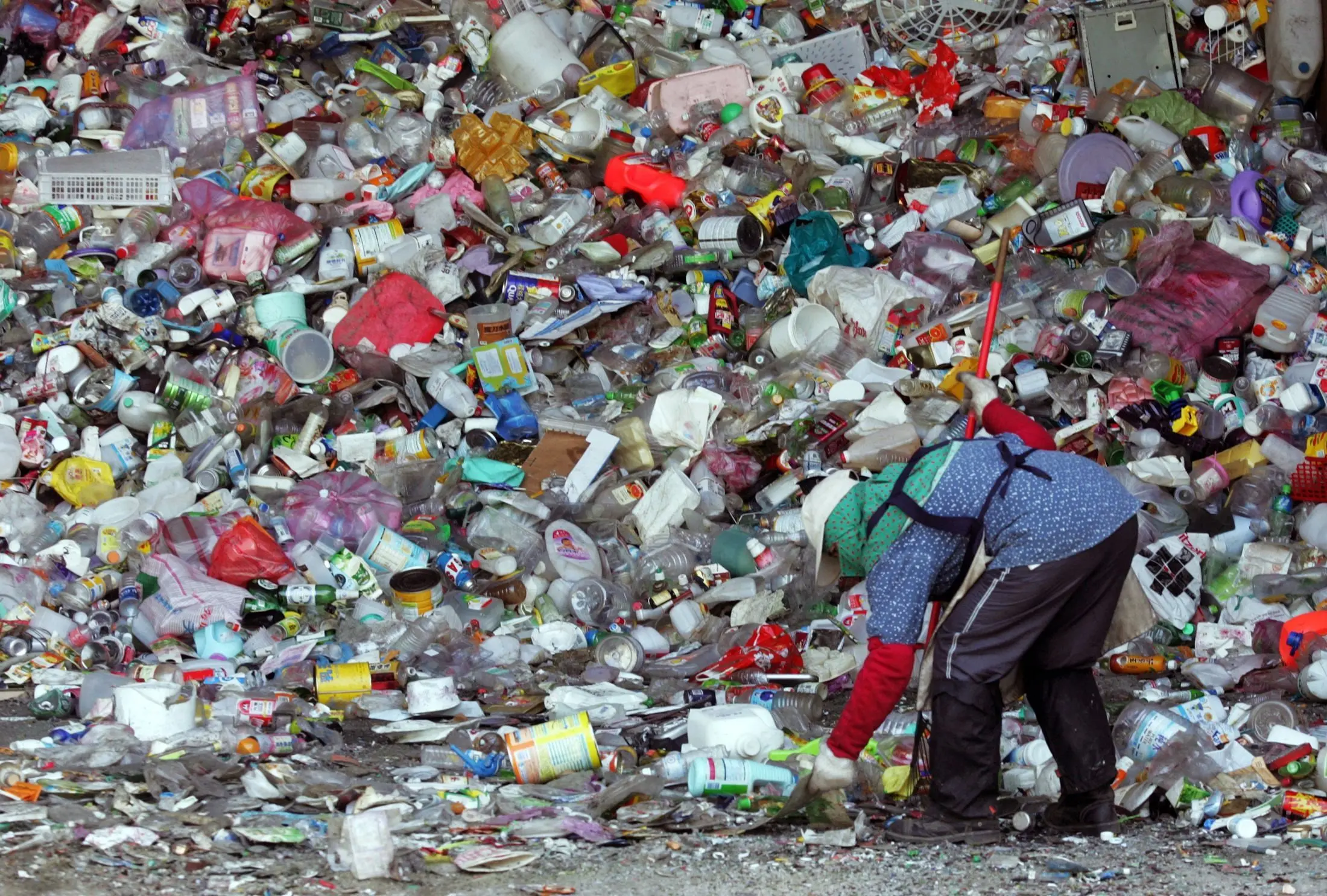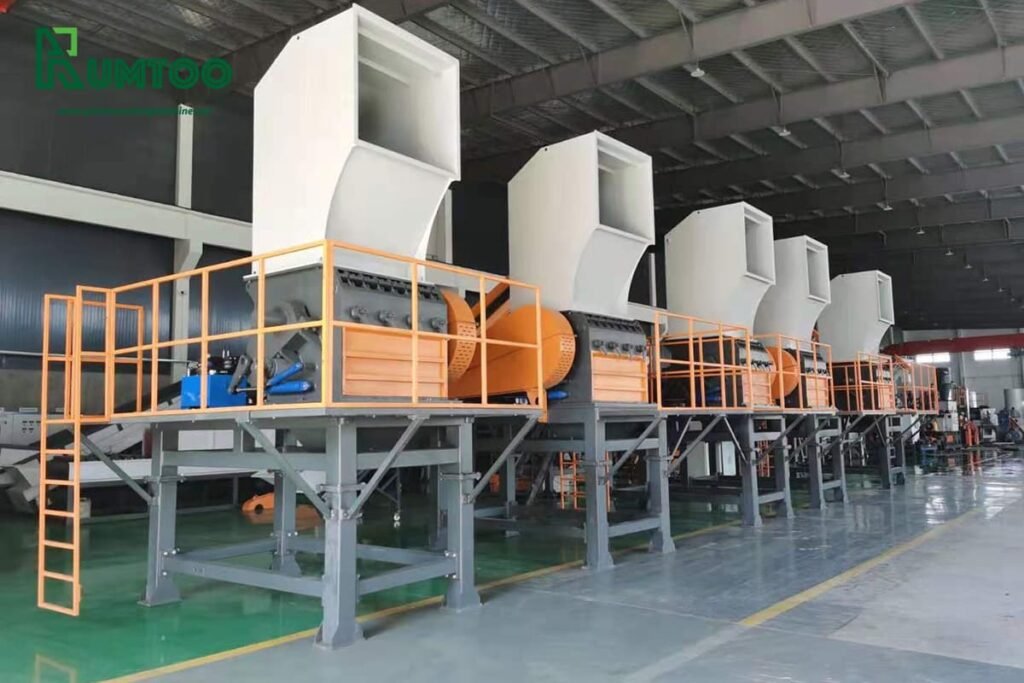Introduction
Plastic pollution is an escalating global crisis that correlates directly with the increase in plastic production. Over recent decades, the surge in manufacturing plastics has led to a significant rise in pollution, which now poses severe threats to environmental health and biodiversity.
Growing Production and Its Dire Consequences
The last twenty years have witnessed a doubling in plastic production. Predictions for 2040 suggest that plastics will account for up to 20% of global oil production and consume 15% of the annual carbon budget. The direct result of increased production is more plastic waste. Current trends indicate that plastic waste could triple by 2060, ending up in landfills, rivers, and oceans, severely impacting ecosystems and wildlife.
The Recycling Myth
While manufacturers often promote recycling as the solution to pollution, the reality is starkly different. Our research indicates a 1:1 ratio of production increase to pollution increase. This direct link suggests that more production leads to more bottles and plastic debris in natural habitats. Notably, over half of the branded plastic pollution can be traced back to just 56 companies, with giants like The Coca-Cola Company and PepsiCo among the top contributors.
The Role of Major Corporations
Branded plastic pollution is not a small issue. Our extensive audits across 84 countries have shown that 48% of litter is branded. Surprisingly, only 13 companies account for more than 1% of this branded plastic pollution. These companies predominantly package their products in single-use plastics, which are notoriously difficult to manage and recycle.
The Impact on Consumers and Local Governments
Currently, the responsibility of managing plastic waste predominantly falls on consumers and local governments. This burden involves high costs associated with waste management and rectifying environmental damage. However, many corporate pledges to reduce plastic usage remain unfulfilled, showcasing the ineffectiveness of voluntary commitments.
Proposed Solutions
To combat this issue effectively, limiting plastic production is crucial. This approach involves setting clear targets for the reduction of non-essential and hazardous plastics, investing in alternatives, and redesigning products to decrease the need for new plastics. Implementing producer responsibility schemes could shift financial and managerial responsibilities back to the producers, ensuring they adhere to the “polluter pays” principle.
Conclusion
The challenge extends beyond disposal; it encompasses the entire lifecycle of plastics. Addressing both branded and unbranded plastic waste through better data, accountability, and international cooperation could curb the relentless rise in plastic production and pollution. This decisive action is necessary to protect our planet for future generations.
Frequently Asked Questions
Q: What is the direct impact of increasing plastic production on pollution? A: For every 1% increase in plastic production, there is a corresponding 1% increase in pollution, leading to more unmanaged waste in our environments.
Q: How significant is the contribution of major companies to plastic pollution? A: Major companies, especially those producing beverages and food, are significant contributors. Over half of all branded plastic waste can be traced back to just 56 companies globally.
Q: What are the proposed solutions to address plastic pollution? A: Key strategies include reducing plastic production, investing in non-plastic alternatives, improving product designs, and implementing producer responsibility schemes to shift the burden back to manufacturers.




